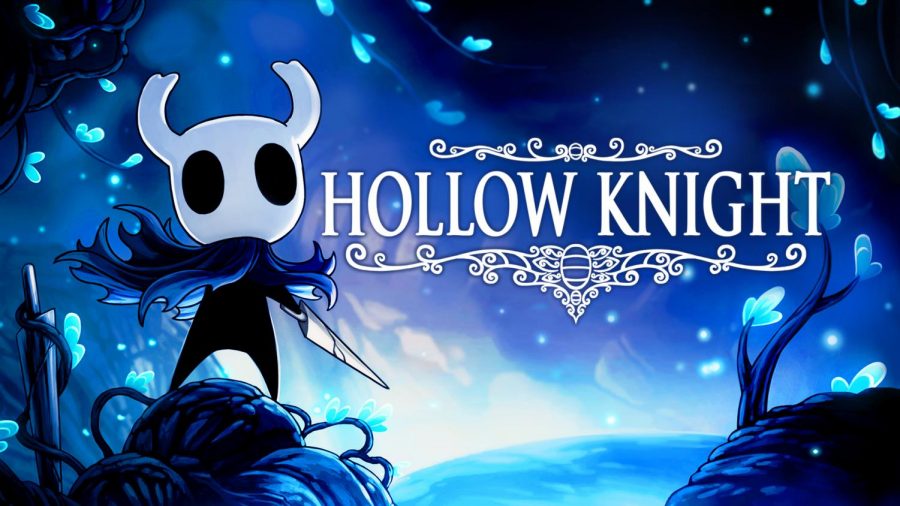Why Hollow Knight was the indie video game hit of the decade
Hollow Knight, made by Team Cherry, is a massive and sprawling platformer, or a Metroidvania, a genre of games named after the originators of the style Metroid and Castlevania. The game itself, at first glance, looks like a lot of other Metroidvanias, with simple platforming and a slow power up progression, but the game itself is anything but that.
The game has a very melancholy story that revolves around the kingdom that you explore, Hallownest. Hallownest has been in ruins for years and all of the inhabitants have either left or have been infected by a mysterious sludge called the Radiance. You progress through the story as The Knight (not the Hollow Knight, that’s the final boss), a small bug creature with large black eyes and a small sword called a nail. Hallownest itself is split up into 15 different areas, all with different depressing tales and unique enemies.
Part of Hollow Knight’s appeal is its difficulty. Nowadays, any game that doesn’t hold your hand all the way through is called difficult, but Hollow Knight is actually fairly hard. I found myself putting down the controller multiple times and just doing something else because the game was kicking my ass. Luckily, the game isn’t any worse for it. It never kicks you in the butt so hard that you want to stop playing, and you always come back and beat the boss or the difficult room the next time around.
The game features a ton of bosses that all offer a serious difficulty when you face them, from giant mantises, to literal bug gods, to your own in-game sister. Team Cherry went above and beyond when designing the bosses, making them not only hard and fun to fight, but also including a coded blockade that stops the player from progressing unless they have a certain ability like a double jump, or a dash, which is a metroidvania classic. Team Cherry used Hollow Knight’s difficulty to make the game more intriguing and fun, compared to just being hard.
Hollow Knight is also renowned for its music and the man who composed most of the music, Christopher Larkin. Larkin has worked on other games’ soundtracks, of which Hollow Knight is the most famous one. All the music in the game has a leitmotif of stringed instruments which you can hear at the forefront of all the tracks in the game. The music can range from slow and melodic like the track Greenpath, which has an air of new discovery and joyfulness to it, to the track Dream, which has a very eerie and melancholic feeling to it and to the track Radiance, which has vocals and a very fast-paced violin the background. Larkin went above and beyond to make music that fit both the game and the region in which the track is played.
Hollow Knight’s art was done by one of the lead developers, Ari Gibson. His art is literally the entire visual experience of Hollow Knight. From the backgrounds, to the enemies, to the player itself, Gibson made it all. Gibson’s background art has a beautiful sort of peacefulness to it, while the player and enemy models have so many different frames for every single move that I don’t know how Gibson was able to sleep while making this game. The art style really brings out the essence of what the game’s ambient melancholy is about. Only this style of art could have made Hollow Knight the experience that it is.
At the end of the day, Hollow Knight is a game of exploration and discovery. The game has so many secrets and easter eggs, some of which are still not understood, resulting in people making whole YouTube channels about them, like Mossbag, a man who makes videos on the lore of Hollow Knight.
Hollow Knight is just a blast to play, and I recommended it to anyone with $15, plenty of patience and about a hundred hours of free time.

Lou is a sophomore, and they are passionate about good movies, social activism, and video games. People describe them as tall, chill, and occasionally funny. They love being a journalist because it allows them to spread news and make sure that the public is informed about what's happening in the world.


